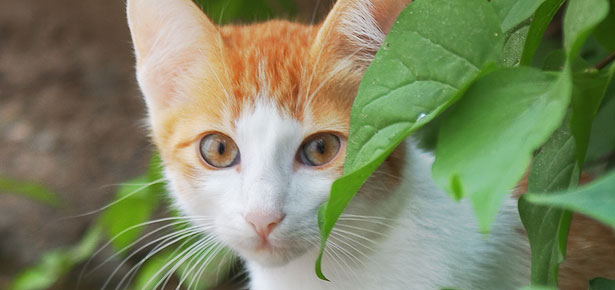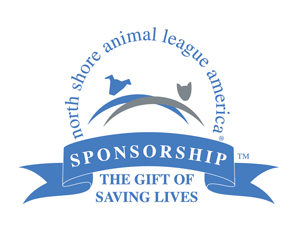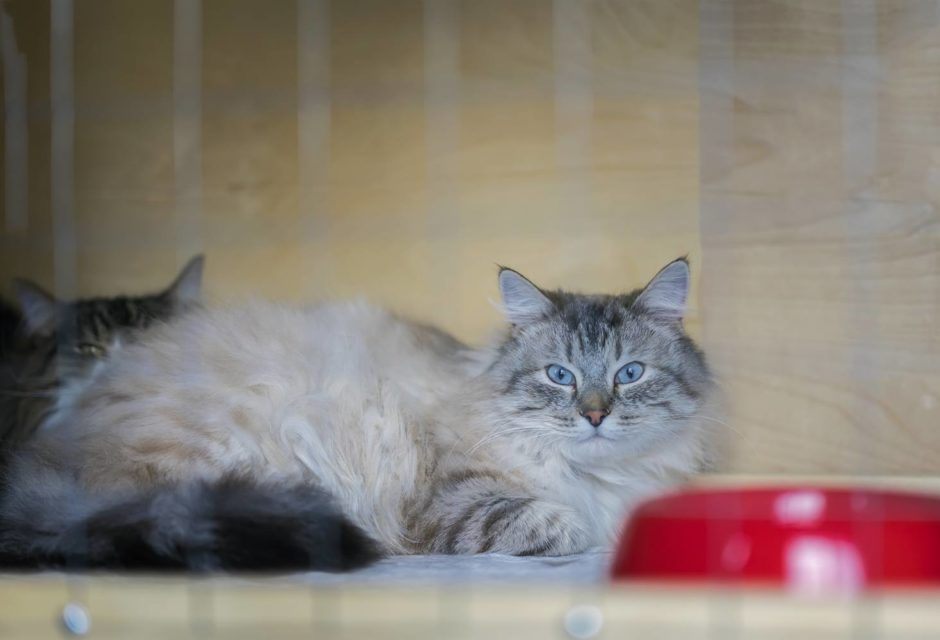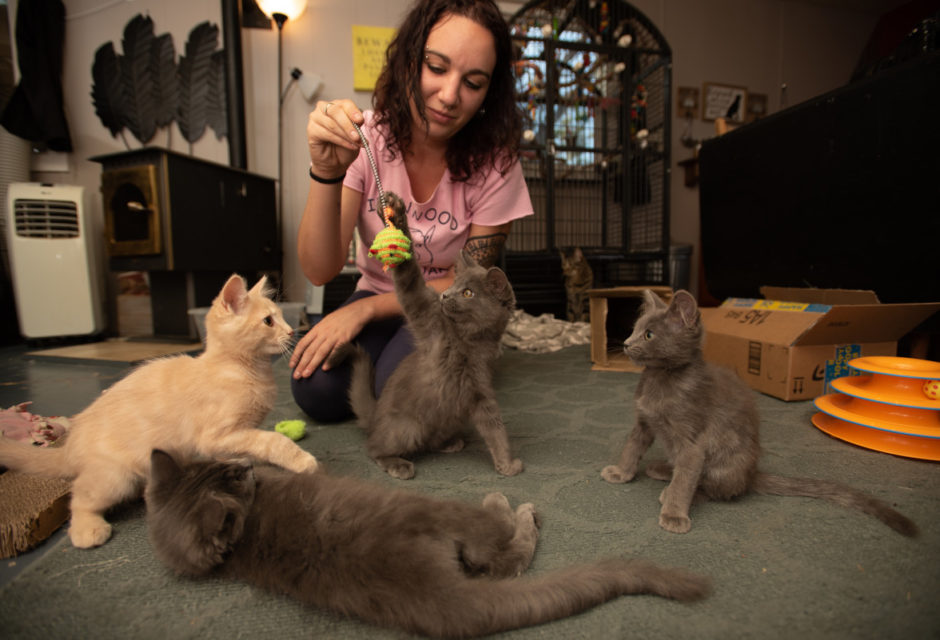
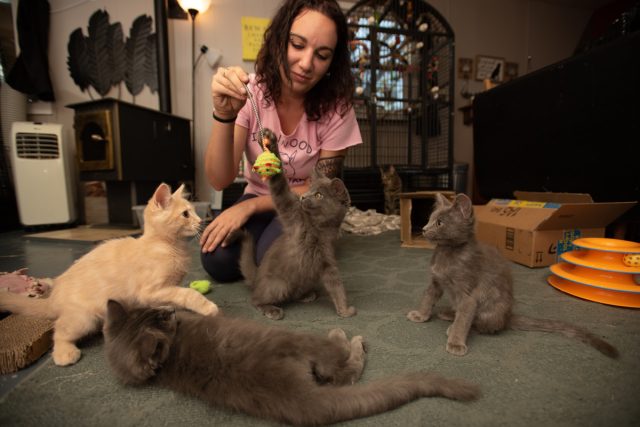
Due to Covid-19, the Shelter of the Future May Look a Lot Like Our Homes
The animal sheltering world is at a tipping point, and the COVID-19 pandemic seems to be the variable that’s pushing it over the edge.
For the first time ever in many towns and cities, shelters found themselves with empty kennels as pet lovers stepped up to foster pets while sheltering in place.
The pandemic has forced the entire animal welfare field to imagine what could be for homeless dogs and cats beyond the concept of sheltering as four walls and a roof, according to Julie Castle, CEO of Best Friends Animal Society.
“When we focus on a physical structure or building rather than an idea, we box in our thinking, literally,” Castle said. “Animal shelters around the country are blowing the doors and walls off their organizations and letting the needs of animals and families and the compassion of their communities redefine the work they do.”
By daring to imagine a better world for pets in need and creating opportunities for people to help shape that world, shelters are trying things they were once afraid to try and asking for help in ways that they never thought possible before. By expanding their foster programs at the outbreak of COVID-19, shelters received tremendous support from pet lovers across the country: according to PetPoint data of 1,200 shelters across the country, 37 percent of those shelter pets were in foster homes as of April 24.
Best Friends recently conducted a survey of 321 participants who were fostering pets during the COVID-19 quarantine. According to that survey, 43 percent of those fostered for the first time, with satisfaction rates among all fosters at 95 percent (75 percent extremely satisfied and 20 percent satisfied).
“For those pets, spending time in a loving foster home means reduced stress and an opportunity to really show their true personality, which is not always obvious in a kennel environment,” Castle said. “For the foster family, it’s an opportunity to care for a pet while helping them find a forever home. For the shelters, it’s an opportunity to focus on pets most in need. It’s beneficial for everyone involved.”
Beyond fostering, the pandemic has inspired shelters in other innovative ways that make a huge impact on lifesaving:
- Shelters are using new technology platforms to advise people on what to do if they find newborn kittens and why saving them requires community participation and people stepping up to help.
- Shelters are creating Trello boards for matchmaking between foster pets and adoptive homes — and everyone involved is loving it.
- Rather than simply accepting surrendered animals, shelters are connecting counselors with pet owners to find out if they just need help with training or pet food. Those pet owners are surprised to be asked and appreciate the support.
- Networks of service providers (spay/neuter groups, veterinarians, community cat colony caregivers, dog walkers, local businesses, neighborhood groups, animal control officers) are working together to collectively save and support pets and people, rather than letting that responsibility fall solely on any one shelter.
“Animal shelters are not, and never should have been, a physical drop box for dogs and cats. Pets are part of our families, part of our communities,” Castle said. “That means caring for them and keeping them safe is our collective responsibility.”
Participants in the Best Friends foster survey agree. While 58 percent say they are unlikely to adopt the animal they are currently fostering, nearly all (95 percent) have already facilitated the adoption of their foster pet or are comfortable working directly with prospective adopters to do so. Approximately 80 percent believe the greatest impact of fostering shelter/rescue animals is the ability to expand a shelter or rescue’s capacity to save the lives of homeless pets and 90 percent believe the definition of a successful foster is fostering until the animal is adopted by someone else.
The pandemic has provided the opportunity of creating an alternative way of caring for shelter pets, as Castle illustrated.
“Right now, visionary animal shelters and communities all over our country are engaging in that kind of revolutionary thinking to save the lives of pets — daring to imagine what could be instead of accepting what has always been,” she said. “Other shelters desperately want to imagine what could be for pets in their communities, but they are afraid to take that leap of faith, for fear that their community members won’t join them.”
Castle’s hope is that the pandemic has helped to shine a light on the plight of shelter pets and inspired pet lovers across America to be a part of the solution.
“Whether your local shelter’s leadership has already taken that initial leap or they are still wondering if they should, you need to pay attention and be ready to jump in with them,” Castle said. “Stand up for the pets and people in your community by being there to answer the call to help and to redefine the very nature of lifesaving in the corner of the world you call home.”
Join the newsletter and never miss out on cat content again!
"*" indicates required fields
By clicking the arrow, you agree to our web Terms of Use and Privacy & Cookie Policy. Easy unsubscribe links are provided in every email.








